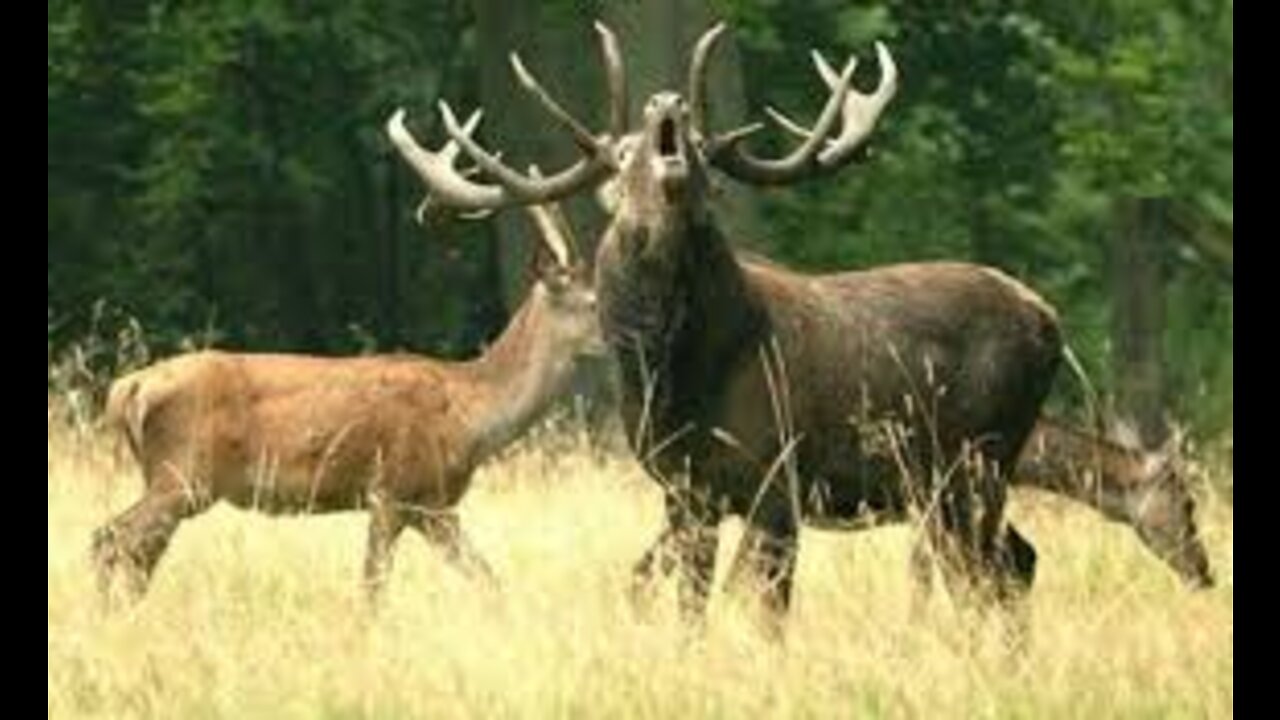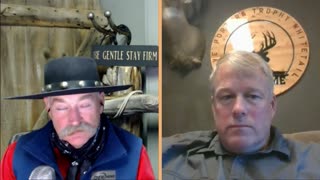Premium Only Content

What should we protect when managing and conserving wildlife
Apex predators dominate the ecological niche they’re in and are important for keeping prey populations down. Many have bright, colorful, or striking markings as a warning to prey animals of their danger. These markings also make them very beautiful, so determining the most stunning boils down to looking at the top apex predators of each type of animal.
Apex predators are famous for being successful hunters. They are fearsome because they are dangerous and have few to no predators. However, an apex predator can also look incredible while being at the top of the food chain. Below is a list of the world’s most stunning apex predators:Expanding human demands on land, sea and fresh water, along with the impacts of climate change, have made the conservation and management of wild areas and wild animals a top priority. But there are many different reasons for thinking that such conservation is important, and these reasons can shape conservation policies in different ways. Here we'll explore some of the different underlying values that can direct conservation policy, and explain how they can create ethical dilemmas and disagreements.
Wild animals have always been a critical resource for human beings. Historically, food, fur, and leather were key to human survival — more recently, wildlife has assumed high economic and cultural significance. Wild animals provide entertainment in circuses, zoos, and wildlife parks, they form a central attraction in international tourism, and they are key members of ecosystems on which humans rely for vital services. Equally, wild animals can be seen as threatening to human beings; for instance, they can be sources of new human diseases (zoonotics), and they can damage or consume human crops. What matters here, whether as resource or threat, is how useful — or otherwise — wildlife is to human beings. Environmental ethicists often call this instrumental value.
In modern debates about wildlife, however, other values have become increasingly important. One focus is on animal welfare — the wellbeing of individual wild animals (e.g., in terms of animals' flourishing, or suffering). There are also concerns about protecting species or populations of wild animals, about protecting the ecosystems of which wild animals form a part, and about protecting wild nature itself (Sandøe & Christiansen 2008). The wellbeing of individual animals matters less where species, ecosystems, or wild nature is emphasized — indeed, painful predation may be understood as promoting ecosystem health, or as applying the right kind of selective pressure on a species as a whole.
Although the idea of "wildlife" is usually taken to mean animals not bred or controlled by humans, increasingly, wild animals are not just left alone to live their own lives (Gamborg et al. 2010). In response to pressures on wild animals and their habitats, a nature and wildlife protection movement has grown over the last two centuries. Often this protection has taken the form of active wildlife management, where some species are controlled as part of a policy to promote the success of other species.
This raises key questions about the responsibilities we have to wild animals. What should we try to protect? How should we balance different, potentially conflicting, values such as nature protection and individual animal welfare? First, we'll give an overview of wildlife management values central to these debates. Then we'll outline five different possible ethical perspectives through which it is possible to think about wildlife management and conservation.
Developments in the Use and Management of Wild Animals
Human attitudes towards wild nature and wildlife have, historically, been ambivalent. Prehistoric societies of hunters and gatherers seem to have understood wild animals not only as a source of food and fur but also — cave paintings suggest — as objects of reverence. And while a dominant strand of the Judaeo-Christian tradition understands animals purely as human resources, other Christian traditions — such as St Francis' celebration of animals as "brothers and sisters" — interpret the value of animals very differently (White 1967). Ideas about wilderness have likewise been complex and ambivalent: wilderness has been both understood as dark, chaotic and fearsome, but also as unsullied, a place of sublime beauty and spiritual purification.
The idea of the purity, beauty, and special significance of wild places became increasingly dominant in the nineteenth century. It served to underpin the foundation of the US National Parks system, and eventually the US Wilderness Act of 1964. However, a variety of different and potentially conflicting values, also played role — and still do — as a basis for such initiatives to protect wild nature.
-
 0:59
0:59
Americas Voice Live
3 years agoDavid Perdue On What Georgia Should Do To Protect Life
1837 -
 2:29
2:29
Cookingcowboy
3 years agoWhat should I plant
381 -
 30:53
30:53
Clickbait Wasteland
15 hours ago $2.18 earnedAsking New Yorkers Who They Support For Mayor: Jackson Heights
22.4K12 -
 23:05
23:05
Blackstone Griddles
15 hours agoEpisode 6 | Breakfast, Lunch, and Dinner
13.1K -
 1:12:00
1:12:00
The Car Guy Online
14 hours ago $1.63 earnedAutomakers EXPOSED, Whistleblowers SILENCED! NextGen Engineer Speaks Out!
12.5K9 -
 1:17
1:17
The Lou Holtz Show
15 hours agoThe Lou Holtz Show S2 EP16 | Hugh Freeze on Faith, Football & Restoring American Values #podcast
11.5K2 -
 2:01:21
2:01:21
BEK TV
1 day agoTrent Loos in the Morning - 8/22/2025
10.3K -
 LIVE
LIVE
The Bubba Army
23 hours agoHogan's Death: Bubba Called it FIRST AGAIN! - Bubba the Love Sponge® Show | 8/22/25
1,933 watching -
 38:40
38:40
ZeeeMedia
18 hours agoMax Pace’s Crypto Revolution Story: Four Strategies to Win | Daily Pulse Ep 93
28.5K14 -
 2:16:46
2:16:46
"What Is Money?" Show
2 days agoBitcoin vs War, Violence, & Corruption w/ Gary Mahmoud
25.2K